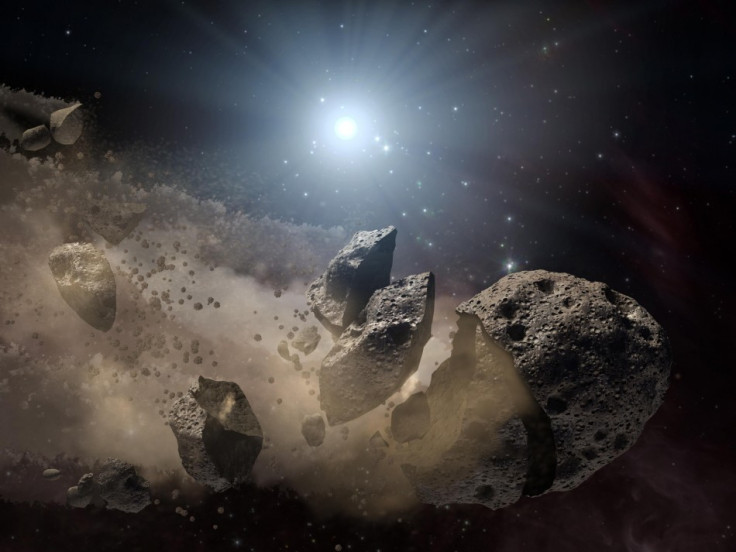Nasa Space Chief: Pray to Stop Asteroid Collision with Earth

The top science expert at Nasa has revealed that he knows the best way of dealing with asteroid collisions - prayer.
Charles Bolden, one of the world's leading space experts and a former astronaut told the US Congress that praying was all the experts or anyone else could do if an asteroid was heading towards Earth.
When quizzed exactly what Nasa's plans were if an asteroid was heading for New York, Bolden said: "From the information we have, we don't know of an asteroid that will threaten the population of the United States," Bolden said. "But if it's coming in three weeks, pray."
More than 1,500 people were injured when a meteor exploded over Chelyabinsk, Russia, in February, and the resulting shock waves shattered windows and damaged buildings.
On the same day, an asteroid discovered last year passed 17,200 miles from Earth, closer than television and weather satellites that circle the planet.
US House of Representatives Science Committee chairman Lamar Smith, called the hearing in response to the recent asteroid "events".
The meeting was to establish emergency measures and how much money is needed to better protect the planet.
Nasa's 2013 budget from the US government is around £11.6bn.
The events "serve as evidence that we live in an active solar system with potentially hazardous objects passing through our neighbourhood with surprising frequency," said Senator Eddie Bernice Johnson.
"We were fortunate that the events of last month were simply an interesting coincidence rather than a catastrophe," said committee chairman Lamar Smith.
Nasa has found and is tracking about 95 percent of the largest objects flying near Earth, those that are 1 kilometre or larger in diameter.
"An asteroid of that size, a kilometre or bigger, could plausibly end civilization," White House science advisor John Holdren told legislators at the hearing.
But only about 10 percent of an estimated 10,000 potential "city-killer" asteroids, those with a diameter of about 50 metres have been found, Holdren added.
On average, objects of that size are estimated to hit Earth about once every 1,000 years.
In addition to stepping up its monitoring efforts and building international partnerships, Nasa is developing technologies to divert an object that may be on a collision course with Earth.
"The odds of a near-Earth object strike causing massive casualties and destruction of infrastructure are very small, but the potential consequences of such an event are so large it makes sense to takes the risk seriously," Holdren said.
A recent Nasa survey has found there are around 4,700 potentially hazardous asteroids that are larger than 100 metres wide and in orbits that occasionally bring them close enough to Earth to pose a concern.
If an asteroid crashed into the earth, it would result in a 4,000 megaton blast and an earthquake with a 7.0 magnitude. According to science experts at Purdue University, if the asteroid landed in the ocean, it would cause 70ft tsunami waves.
Sixty-six million years ago, an object 10km in diameter is believed to have crashed into what is now the Yucatan Peninsula in Mexico, leading to the extinction of the dinosaurs, as well as most plant and animal life on Earth.
© Copyright IBTimes 2025. All rights reserved.






















